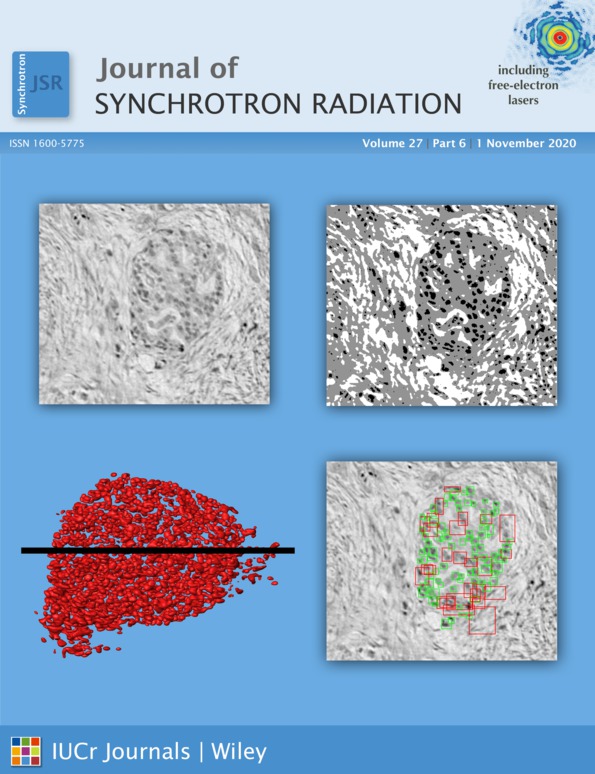Local structure change of luminescent Ag zeolite-A and -X studied by in situ XAFS and IR spectroscopy
Abstract
The in situ X-ray absorption fine structure (XAFS) for the structural changes of Ag clusters produced in the cavity of luminescent zeolites by thermal treatment of Ag zeolite-A and Ag zeolite-X has been studied. The following procedures are compared: (i) samples are heated and cooled to room temperature under atmosphere (under air); (ii) samples are heated and cooled to room temperature in a vacuum and then exposed to air. It was confirmed that the Ag clusters were broken when the Ag zeolite was exposed to air for Ag zeolite-X, which complements our previous results for Ag12-A. It is suggested that the deformation of the Ag clusters plays an important role in the generation of a strong photoluminescence band, and Ag clusters may not be direct species producing the strong photoluminescence. The local structure of the Ag ions was found to be slightly different from that of the unheated species. The difference may originate from the formation and breakdown of Ag clusters in the zeolite cavity.




